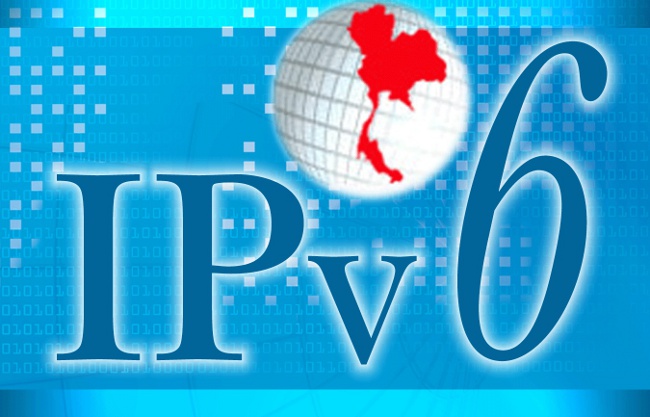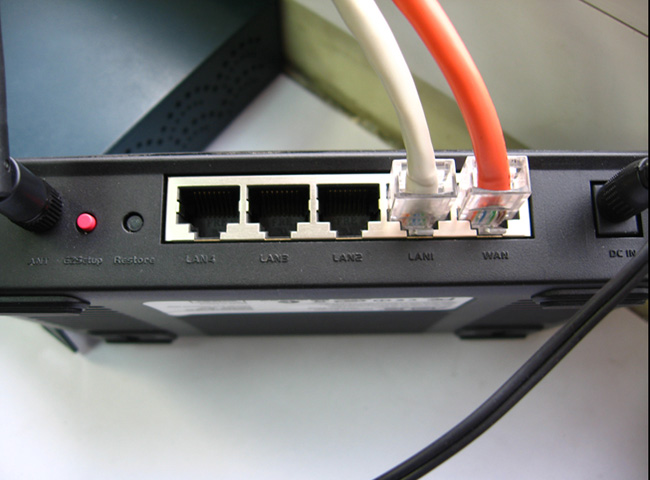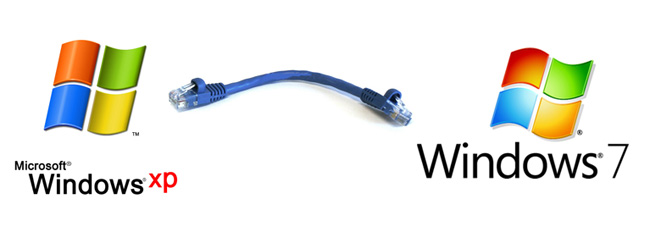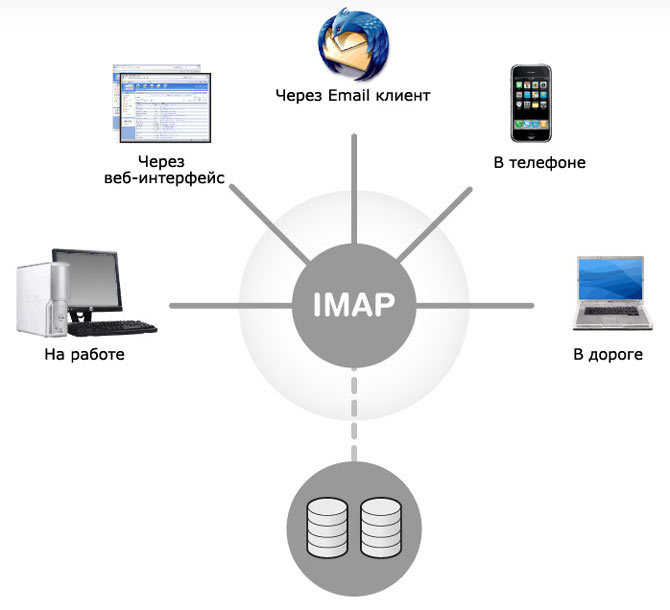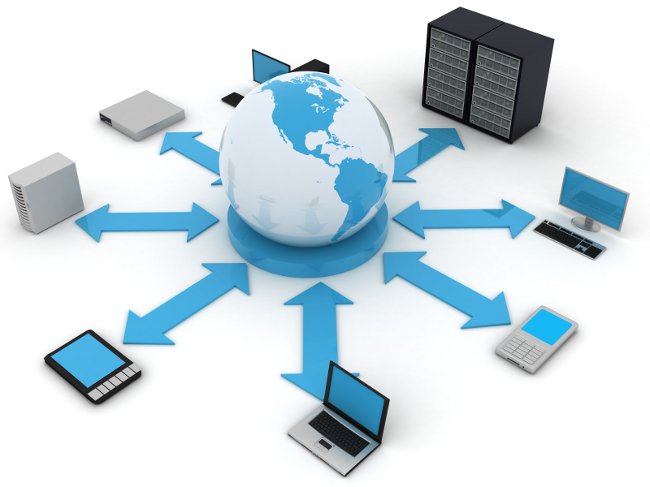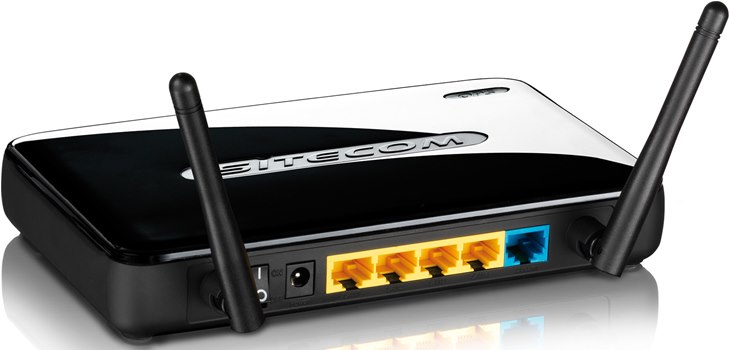IPv6 protocol
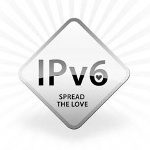
The IP protocol is used toto unite computers into a single network. Each computer is assigned an IP address that is unique to the global or local network and serves as its identifier. However, the number of computers in the world is growing, but the available IP-addresses no longer become. To solve this problem was introduced IPv6 protocol.
At the moment most sites on the Internetuse the IP protocol of the fourth version (IPv4), in which the length of the IP address is 4 bytes (32 bits), and the address itself is written in the form of four numbers separated by dots. The range of possible numbers is from 0 to 255. The main problem with this protocol is that nodes in the global network is becoming more and soon IP addresses will simply stop missing. Therefore, the IPv6 protocol appeared.
The IPv6 protocol was developed by the Internet Engineering Council (IETF), responsible for the development of the protocols and architecture of the World Wide Web. Unlike the previous version, The length of the IPv6 address is 128 bits, which allows you to provide unique addresses with more nodes. At the moment, the new version of the protocol is used by more than 9,000 networks around the world.
The development of a new protocol began in the 90's,when it became clear that the exhaustion of IPv4 addresses is inevitable. Inside Google, translation into IPv6 began in 2008. In June 2011, the International Day of IPv6 was held - an event dedicated to testing the readiness for a mass transition to a new protocol. June 6, 2012 the world-wide launch of the new version of the IP protocol.
What does this mean? Most companies, somehow connected with the Internet and networks, will gradually switch to a new protocol. So, Internet providers will include it asat least for one percent of users, in routers it will be activated as the default setting, large web companies (search engines, social networks, etc.) will include it on their main sites.
The IPv6 protocol not only increases the range of available IP addresses. From the new protocol, things were removed that complicate the work of routers, in particular, the checksum and splitting the package into parts. Some other improvements were introduced.
but full refusal to use IPv4 protocol is not planned, because a huge number of devices yetthat they do not support IPv6. Both protocols will be used in parallel, simply the proportion of IPv6 traffic will gradually increase compared to IPv4. Special technologies have been developed that convert addresses in both directions and thus allow IPv6 networks to communicate with IPv4 networks.
The IPv6 address is different from the IPv4 address. As we have already said, the IPv4 address is four groups of numbers in the range from 0 to 255, separated by dots. The IPv6 address is written in a hexadecimal system and consists of eight groups of four digits, a colon is used to separate the groups. Recall that as hexadecimal digits, not only decimal numbers from 0 to 9, but also Latin letters from A to F.
Since the address is long, it is possible to reduce. If one or more groups in a row are equal to 0000, theircan be omitted and replaced by a double colon. You can not reduce two separated zero groups, since this can lead to ambiguity. When using an IPv6 address in a URL, it is enclosed in square brackets, if necessary, the port is written after the parentheses.
Some IPv6 addresses have been reserved for special purposes, that is, they can not be globally routed. This, for example, is the address :: - the default gateway, the analogue of the address 0.0.0.0 in IPv4; address :: 1 - loopback interface, accessible only from the local machine (localhost), analogue address 127.0.0.1 in IPv4.
The transition to IPv6 is only a matter of time. As we have said, the IPv4 protocol will not disappear in theIn the near future, the share of such addresses in the network will gradually decrease. New hardware and new versions of operating systems support IPv6 by default. By the way, to check if your computer supports the new version of the protocol, just go to <! - noindex -> this link <! - noindex ->.
